Nephron sparing surgery
A partial nephrectomy is a treatment option for kidney cancer. The mass and a small part of the surrounding kidney are removed (as opposed to a radical nephrectomy, where the whole kidney is removed).
Partial Nephrectomy is now the treatment of choice in many patients with kidney cancer , as it allows preservation of renal function (nephron sparing surgery) and it has been shown to be safe from a cancer control point of view.
Depending on the size and location of the tumour the procedure can be technically very difficult and there is always a small risk that the whole kidney needs to be removed.
Partial Nephrectomy Procedure
The operation is carried out under general anaesthetic at Grace Hospital.
You will be admitted on the morning of the surgery. It is important you have nothing to eat or drink for at least six hours prior to your operation.
The anaesthetist may place an epidural catheter into your back which helps with post-operative pain relief prior to putting you to sleep.
The procedure is performed through a flank incision based on either the 11th or 12th rib. The kidney is mobilised and the artery to the kidney may be temporarily clamped to allow the safe removal of the tumour.
Occasionally, a ureteric stent is required. This is a temporary tube to help drain urine from the kidney and is required if the tumour is close to the drainage system of the kidney. It is usually removed in the rooms with a flexible cystoscope 4-6 weeks after surgery.
The surgical wound is then closed with absorbable sutures and a drain is placed.
The operation takes around 2 hours and the usual hospital stay is about 5 days. A urinary catheter is usually required for the first few days and this will be put in when you are asleep.
Post Procedure
With modern pain relief, most patients feel pretty good and are able to receive visitors within about three hours of the operation finishing. Because of the risk of nausea, you will only be able to have oral fluids on the day of surgery. If you feel all right the following day, you can eat as normal.
You will be encouraged to get out of bed on the first postoperative day - don't be surprised if you feel a little woozy initially.
A subcutaneous anticlotting injection will be used until you are mobilising. This is to prevent blood clots from forming in your legs and lungs.
Results
We usually have the cancer results within 7 to 10 days after the procedure. We realise this can be quite an anxious time and as soon as we get the results we will phone you and let you know what they are. We usually like to see you back in the rooms about 6 weeks following the procedure.
Complications
All surgical procedures are associated with some risk. General risks include:
wound infection,
blood clot formation
and pneumonia
but in practice these are rare. The specific risks relating to partial nephrectomy are outlined below.
Intraoperative complications
The trade-off of performing a partial nephrectomy, as opposed to removing the whole kidney, is a slightly increased risk of bleeding. Having said that, we have a full range of surgical technology available which minimises this risk.The risk of bleeding requiring a blood transfusion is approximately 5%. If bleeding is unable to be adequately controlled then it is possible that the safest thing to do is remove the entire kidney.
Likewise, if there are questions about being able to obtain adequate surgical margins around the tumour then the entire kidney may need to be removed.
Post-operative complications
The main risks following this procedure relate to the wound and are due to the particular anatomy of the nerves that supply the flank muscles.Urine Leakage
The tumour may impinge on the drainage system of the kidney and occasionally this needs to be opened in order to get clear margins around the tumour. If this is the case, it is repaired and a stent placed (see above). Occasionally a significant urine leakage can occur which requires the drain to stay in for longer than normal.Flank bulge
A number of patients will experience a bulge in the flank at the site of the wound. This occurs because the nerves that supply the flank muscles (intercostal nerves), run straight across the wound and need to be divided in order to allow access to the kidney. If only one of these nerves runs across the wound then there is usually no issue, if there are 2 then it is not usually a problem but if there are 3 most people will develop a bulge. This is usually not uncomfortable but can look a little asymmetrical. It is not a hernia. If it is a problem sometimes a mesh repair may be required.Numbness
Because sensory nerves are cut many patients develop an area of numbness below the wound. Often this gradually decreases in size with time and in most patients, it is not an issue.Neuroma
In a minority of patients, the cut ends of the intercostal nerves sprout abnormal fibres during the healing phase. This is called a "neuroma". Whilst this is rare it can be very uncomfortable and treatment may be difficult.
Return to Work
This depends on your job. In the first few weeks post-operatively, most patients get very tired in the afternoons. If you have a desk job you could expect to be back at work after about 4 weeks. If you do a very physical job it may take up to 12 weeks before you are ready to return to work.
Follow-up
The removed kidney tumour will be examined by the pathologist and we will let you know the results as soon as we have them. This is usually within two weeks postoperatively.
Your further follow-up and screening from the cancer point of view will be personalised and we will discuss this with you at your follow-up appointment.




